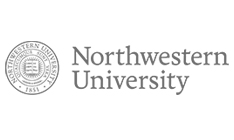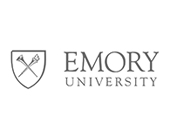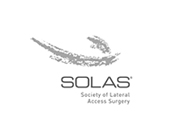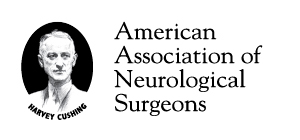Laminectomy (spinal stenosis surgery)
Spinal stenosis is a condition caused by the vertebral column constricting and exerting pressure on the spinal cord or neural foramen (a bony tunnel through which a nerve exits the spinal cord).
What is spinal stenosis?
Spinal stenosis usually affects the cervical and lumbar spine. If the spinal canal is narrowed, the disorder is called cervical/lumbar central stenosis. If the foramen is narrowed, it is referred to as cervical/lumbar foraminal stenosis
The possible causes for spinal stenosis include:
- Age: As a result of aging, wear and tear on the spine causes narrowing of the bone.
- Inflammation of the bone joint such as in osteoarthritis and rheumatoid arthritis may affect the spine.
- Heredity: Some individuals are born with narrowing of the spinal canal (congenital). Structural malformations of the involved backbone can cause narrowing of the spinal canal.
- Spondylolisthesis is a condition in which one vertebra glides forward over the one below causing narrowing of the spinal canal.
- Tumors of the spine.
- Injury or trauma may either dislodge the spinal canal or cause fractures that produce bone pieces which may penetrate the canal. At times, injury compresses the nerve roots that can lead to severe pain.

What are the symptoms of spinal stenosis?
Spinal stenosis may result in lower back pain and pain down the legs. The common symptoms include:
- Numbness
- Weakness
- Pain with prolonged sitting or standing
- Gait disturbances
These symptoms usually gradually worsen over time.
How is spinal stenosis diagnosed?
Diagnosis of spinal stenosis is based on the following:
- Medical history: Your physician will gather a detailed history of your symptoms and any treatment received.
- Complete physical examination: A thorough examination of your body movements is performed by your doctor. Examination of the back is performed to assess for flexibility, range of motion, and the presence of certain signs that suggest nerve roots are being affected by degenerative changes in your back. This is done by testing the strength of your muscles and your reflexes to make sure that they are still working normally.
- Investigations:
Spine X-rays are radiological tests carried out to rule out other causes such as a tumor or infection. Sometimes, a CT scan or MRI is ordered to get a more detailed examination of the bone or soft tissues. Myelography may also be performed which involves injection of a contrast material into the spine followed by X-rays to detect any pathology of the spine. These tests help in the diagnosis and treatment plan.
How is spinal stenosis treated?
Back pain is treated either surgically or non-surgically depending upon the severity and duration of pain or associated symptoms. The non-surgical treatment options include:
- Your doctor may prescribe pain medications and muscle relaxants to relieve pain and inflammation.
- Rest and restriction of activities which exacerbate back pain.
- Cold/hot packs to decrease pain due to muscle strains and spasms.
- Start physical therapy as recommended by your doctor to stretch and strengthen the muscles.
- Acupuncture treatment for chronic low back pain.






